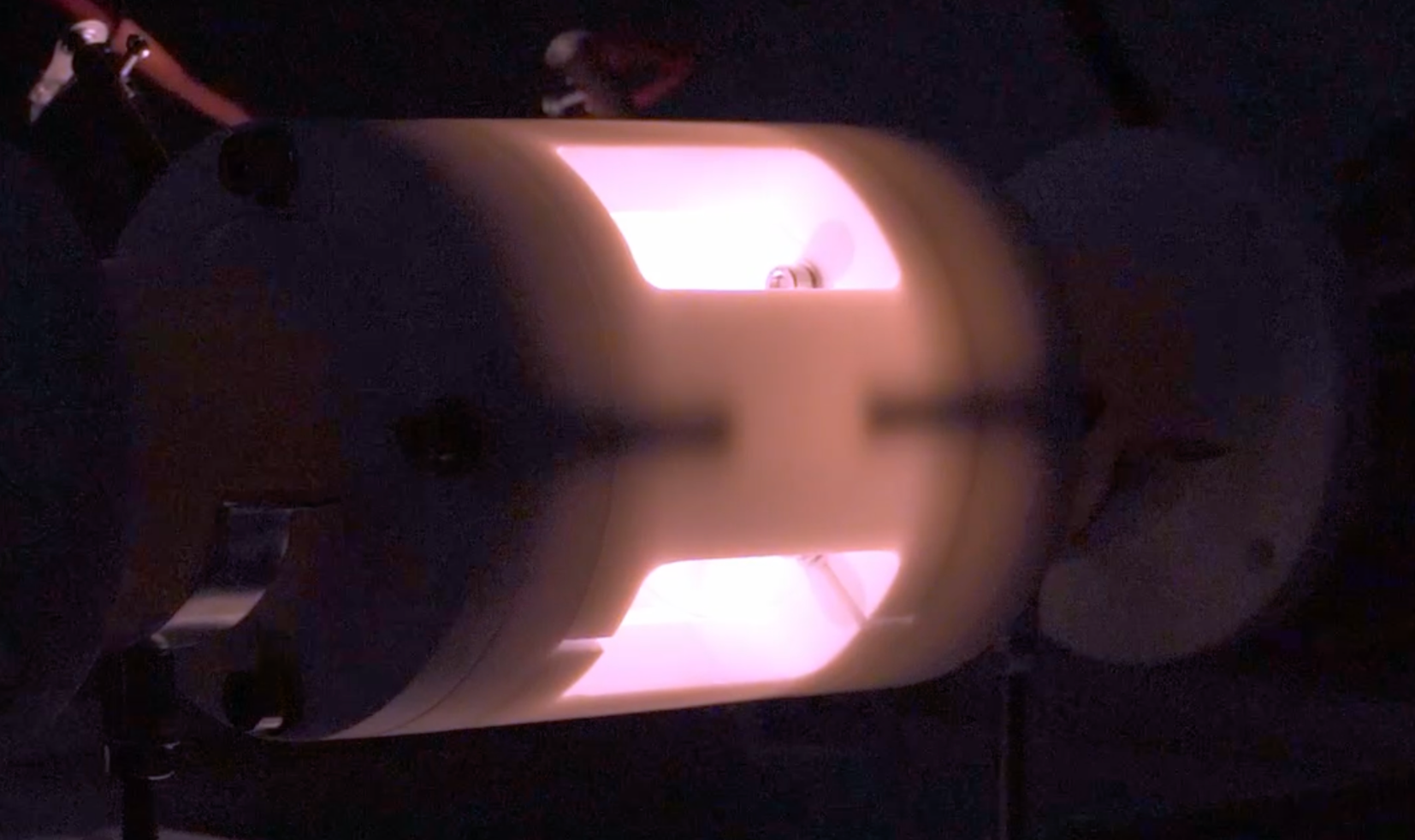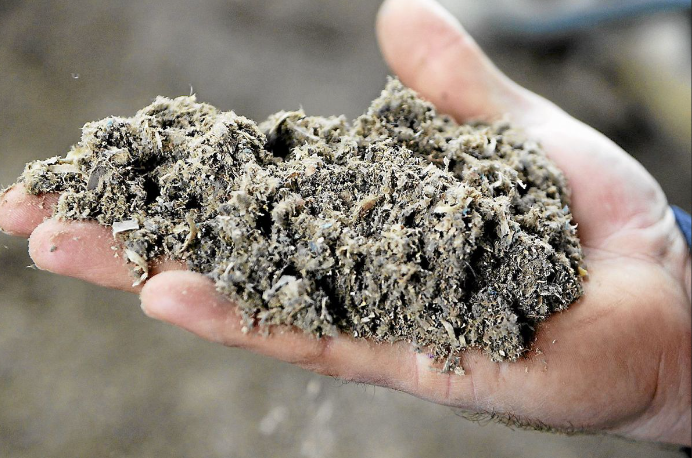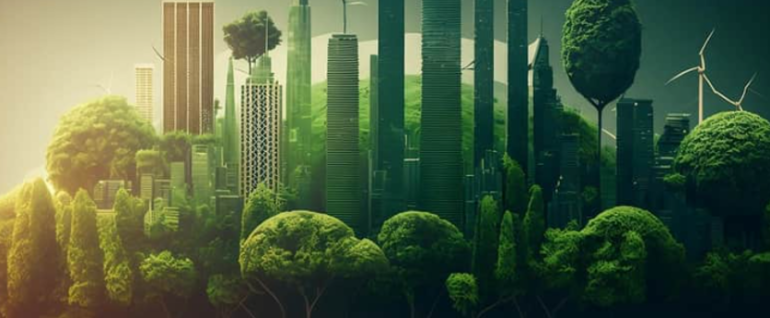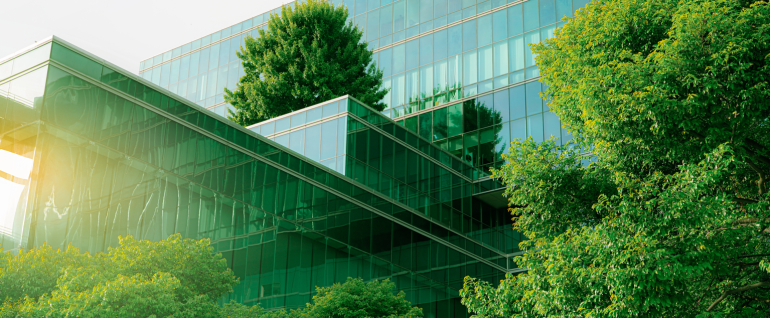By Paul Vousden, Client Director at 350 PPM The Los Angeles wildfires underscore the intensifying impacts of climate change, highlighting how global warming exacerbates extreme weather events and their cascading effects. Key takeaways include: California continues to experience longer and more intense wildfire seasons. Rising global temperatures have increased the frequency of heat waves, leading to drier soils, vegetation, and extended droughts. This "aridification" creates ideal conditions for wildfires to ignite and spread rapidly, making once-seasonal fire events a year-round crisis. The wildfires themselves contribute to climate change, creating a feedback loop. The vast amounts of carbon dioxide released during fires accelerate global [...]
Read MoreBy Valeria Tyutina, CEO at ENG8 As we set our sights on 2025, an energy production process called catalysed fusion, which is based on low energy nuclear reaction (LENR) pathways, is on the cusp of a significant breakthrough. This emerging technology is rapidly gaining momentum, with companies and research initiatives transitioning from lab scale to tangible, scalable, commercial energy solutions. The USA, Japan and the European Union already have multi-million dollar funded LENR programs. The key factor in the success of an energy production process is the cost per unit of energy which can be expressed in $ per kilowatts or megawatts. [...]
Read MoreAs of early 2025, the global climate landscape presents a complex mix of challenges and developments. Last year was marked by unprecedented global temperatures, with some estimates suggesting that the critical threshold of 1.5°C above pre-industrial levels may have been temporarily surpassed. Reuters The highest recommended level of CO₂ in the atmosphere should be 350 parts per million, hence our name, but we are at 425 now. Hence the increasing frequency of abnormal climatic events.On daily basis, NASA updates its vital signs of the planet website. You can view it here. Scientific Observations and Projections Recent studies indicate that climate change is progressing [...]
Read MoreBy Paul Vousden, Head of Client Development at 350 PPM At the climate change conference, COP29, held in Baku, Azerbaijan, key outcomes highlighted progress, as well as the many challenges in global climate action. The key outcomes can be summarised as follows: Climate finance: A new global finance target of $300 billion annually was set, focusing on accessibility for the least-developed countries (LDCs) and small island developing states (SIDS). However, specifics on regional allocations and adaptation measures were left vague, raising concerns about equitable distribution of resources, and leaving vulnerable nations uncertain about access to funds. Fossil fuels and renewable energy: A [...]
Read MoreBy Nick Dimmock, Head of Investor Relations at EnviraBoard and Founder of 350 PPM The building products supply chain is undergoing significant transformations to align with net-zero targets, driven by the need for sustainable materials, energy-efficient practices, and reduced carbon emissions. Let’s have a closer look at the key ways in which the supply chain is adapting: Sourcing Low-Carbon Materials Suppliers are increasingly sourcing renewable and recycled materials, like reclaimed wood, recycled steel, and sustainable insulation, to lower the embedded carbon in building products. Concrete and cement are significant carbon emitters, and the industry is moving towards low-carbon options, including carbon-sequestering concrete, geopolymer concrete, and [...]
Read MoreBy Bob Long, Founder and Executive Director at Organic Heat Exchangers, Fellow of the Institute of Refrigeration The future of refrigerants that contribute to global warming is heading toward significant change, as governments, industries, and researchers work to phase out or reduce the use of harmful substances like hydrofluorocarbons (HFCs) and hydrochlorofluorocarbons (HCFCs). While effective for cooling, these traditional refrigerants have high global warming potentials (GWPs) and have been a major contributor to climate change. Global regulations, such as the Kigali Amendment to the Montreal Protocol, and other similar initiatives, are pushing for a worldwide phase-out of HFCs and HCFCs. Many countries [...]
Read MoreBy Nick Dimmock, Head of Investor Relations at EnviraBoard and Founder of 350 PPM. The building products supply chain is beginning to offer solutions for carbon-negative building boards, which are designed to sequester more carbon than is emitted during their production, transportation, and installation. This innovation is driven by increasing demand for sustainable materials, net-zero carbon targets, and advancements in material science. The supply chain is addressing the hot topic of carbon-negative building boards by exploring a variety of different materials to find the best solution. EnviraBoards Utilises recycled waste paper sludge as the raw material for its superior, sustainable building boards. This paper [...]
Read MoreBy Paul Vousden, Client Development Director at 350 PPM Labour has been elected with a spectacular landslide majority and the country has voted for change, which of course was the campaign message that was relentlessly pursued for weeks on end. The other key themes from Labour were growth and a huge emphasis on achieving net zero and ensuring the UK has renewable energy, sustainable housing and much more focus on cleaner technologies that will support the planet. The challenge for Labour in achieving growth is the lack of public funds available to kick-start new economic activity, so they have spent a lot of [...]
Read MoreBy Nick Dimmock, Founder at 350 PPM From sustainable agriculture and biodiversity to waste management and green finance, the green economy seeks to achieve a balance between economic growth, environmental protection, and social equity, ensuring we can meet our needs without compromising the ability of future generations to meet theirs. Investing in such projects and initiatives undoubtedly has numerous positive environmental impacts; and presents the potential for very strong returns for investors. Read the full article published in The Scotsman here.
Read MoreBy Nick Dimmock, CEO and Founder at 350 PPM As the developed world moves towards net zero targets, innovation in low-carbon and alternative building materials continues to accelerate. There are many exciting new products poised for exponential growth as demand continues to strengthen. From decarbonising concrete, to using waste streams to create new materials and harnessing bio-based materials for construction, a lot is happening when it comes to sustainable, low-carbon building materials. As a result, there are big opportunities for investors looking to profit from the inherent benefits of investing in green infrastructure for long-term prosperity. In order to meet the global climate change [...]
Read More








